Every car manufacturer strives to be innovative. The constant development of new technologies pushes the boundaries of what’s possible. In the past five years, major advancements have been made in electric vehicle efficiency. An efficient EV can go a lot further on a single charge than a normal electric vehicle with the same size battery, saving time and money.
American EV maker Aptera has been pursuing electric vehicle efficiency since 2006. In 2019, founders Chris Anthony and Steve Fambro began working on the first solar electric believed to be the most innovative EV yet.
The Long History of Electric Vehicles
The history of electric cars is often disputed. Some credit Hungarian inventor Anyos Istvan Jedlik, who made the first electric model car in 1828, while others credit American inventor and blacksmith Thomas Davenport in 1835. Davenport created a small locomotive powered by two electromagnets that ran on a track.
Since then, other EVs have made an appearance throughout history, with one becoming more powerful, more efficient, and able to go further on a single charge than previous models. A notable breakthrough came in 1997 with the Toyota Prius Hybrid, followed by the Tesla Roadster in 2008. 2011 marked Chevrolet’s entry into the EV market when it introduced its plug-in hybrid Volt EV. The Volt used technology developed by the US Department of Energy.
Tesla continued to advance the EV market with more electric vehicles, launching the Model X in 2015 and Model 3 in 2017. Today, nearly every automaker has a hand in producing electric vehicles or battery packs. Improving on previous technologies to produce the most efficient EV ever.
Types of Electric Vehicles
There are four main types of electric vehicles. These include:
- Battery electric vehicles (BEV)
- Plug-in hybrid electric vehicles (PHEV)
- Hybrid electric vehicles
- Fuel cell electric vehicles (FCEV)
Battery Electric Vehicles
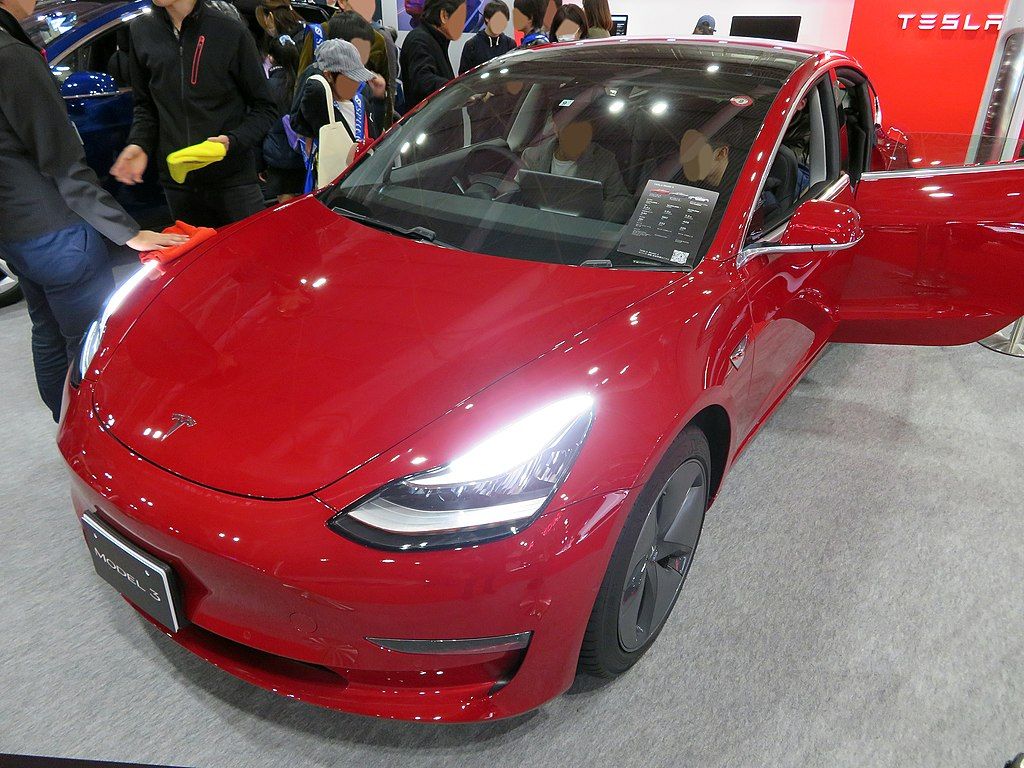
Battery-electric vehicles run on batteries rather than internal combustion engines. An example of this is the Tesla Model 3. Electric vehicles are recharged through grid-connected electrical sockets, such as charging stations or homes, as well as by regenerative braking.
An external charging port connected to a large battery pack drives a DC electric motor. The electric motor is linked to a regenerative braking system in the front wheels to aid with recharging and overall electric efficiency.
Plug-in hybrid vehicles

Plug-in hybrid vehicles such as the BMW 330E have both internal combustion engines and a battery pack. These are also recharged by grid-connected electrical sockets and regenerative braking. In a normal engine, the fuel tank is connected to the internal combustion engine, which produces power.
In a plug-in hybrid, there is a plug-in port connected to a small battery pack which is linked to a DC electric motor. Both systems are joined to a regenerative braking system.
Hybrid Electric Vehicles
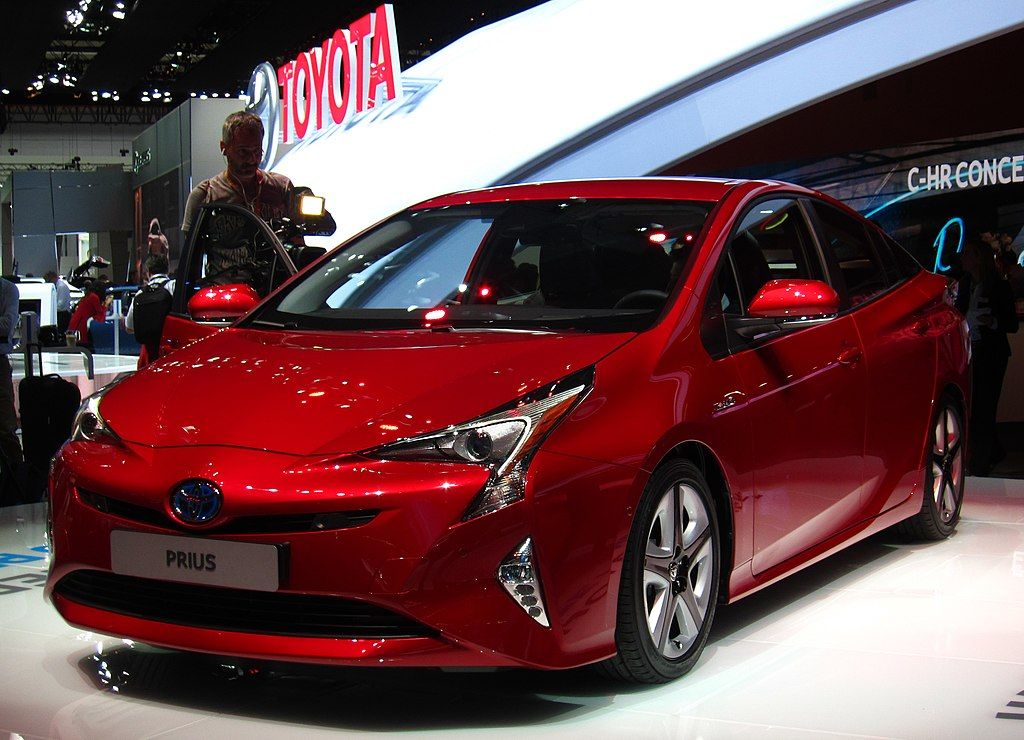
Hybrid electric vehicles like the Toyota Prius are similar to plug-in hybrid vehicles without the ability to charge externally. The battery pack is only recharged by regenerative braking.
Fuel Cell Electric Vehicles
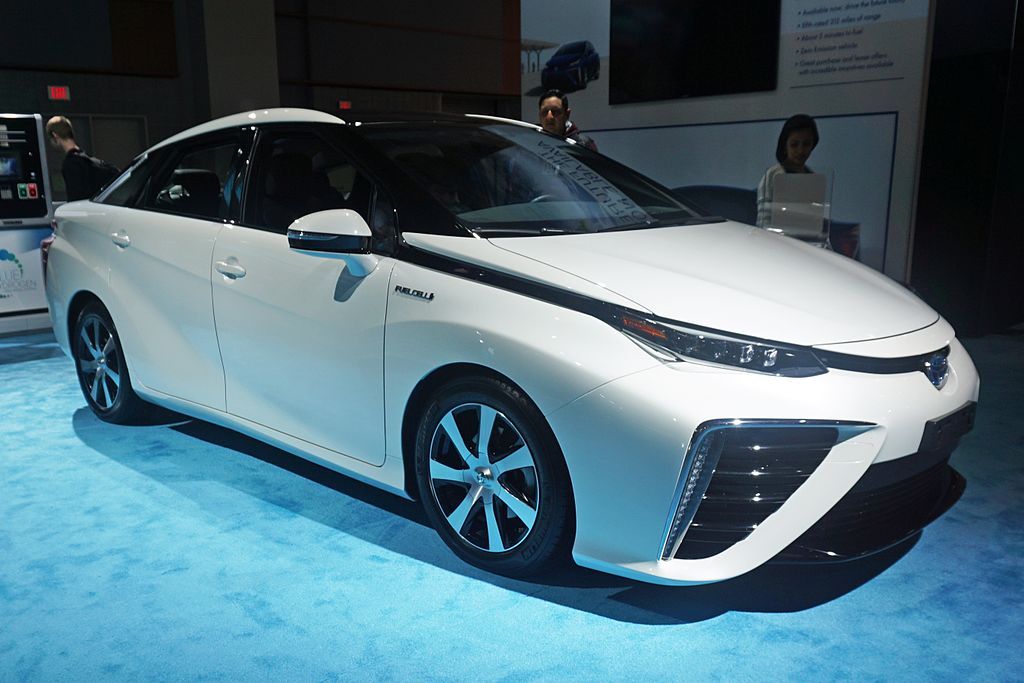
Fuel cell electric vehicles use what’s called an electrochemical engine that converts energy into electricity.
For example, Toyota’s Mirai has an electrochemical cell that directly takes fuel from a hydrogen tank, combines it with oxygen, and converts it into electricity. A fuel cell stack drives a DC electric motor that is connected to a regenerative braking system and battery pack.
A New Era Begins With Aptera’s New Solar Electric Vehicle
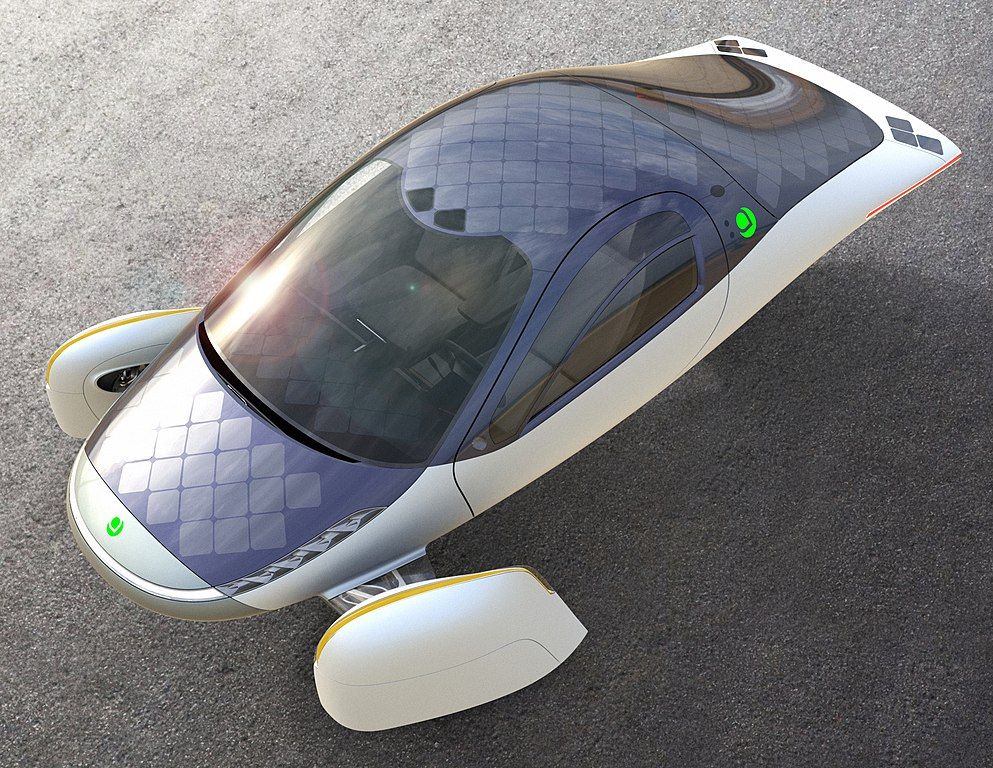
Solar electric vehicles like Aptera’s SEVs are solely powered by solar panels. This means never having to plug into the vehicle under normal use. The solar panels constantly recharge the vehicle, in addition to providing extra range while on the road.
The three-wheeled car is super lightweight and efficient. It achieves this through a few design strategies. It zeroes in on minimizing drag and weight, and its chassis further reduces weight and decreases roll resistance.
Because of its innovative design, the Aptera can achieve a range of up to 1000 miles. Much further than the nearest competitor, the 2022 Lucid Air Dream Edition, which can only reach 520 miles per charge.
Using only solar power, the Aptera can travel 40 miles per day under ideal conditions. Close to the 39 miles per day average, according to the US Department of Transportation. Under normal use, you essentially get to use your Aptera without ever charging it.
Aptera can be upgraded with additional solar panels to get an additional 24 miles per day and has continuous charging technology. Its solar panels are designed to charge the vehicle, whether it is moving or stationary.
Charge Rates That Change the Game
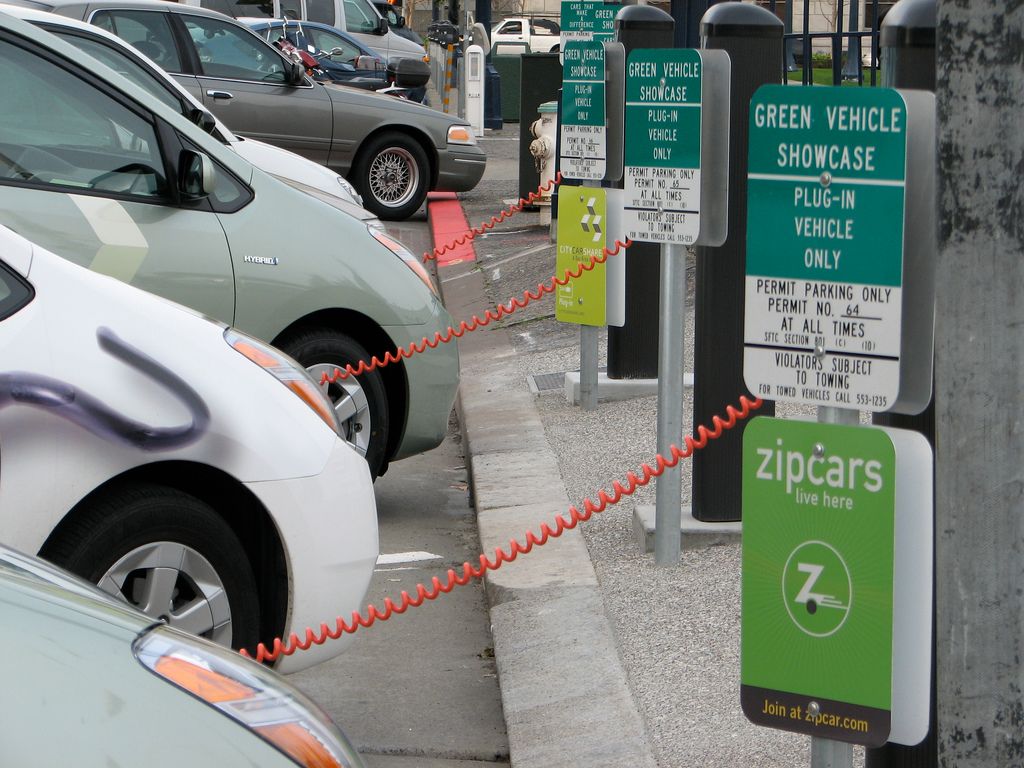
Aptera may gain 500 miles in one hour if charged at 50kW rapid DC fast charging. This is on par with today’s EVs, but what makes Aptera unique is that it takes less power to achieve. Home charging is made easy with 110v or 220v standard charging available.
The most innovative feature about the new Aptera is that if there is no level two charging station available, you still get five to seven miles per hour of solar charge rate. Compared to other EVs, this is three times more efficient according to its website.
Benefits of Solar Electric Vehicles

Electric vehicle battery pack prices have come down over the years, but some would argue, not fast enough. Potential buyers are still concerned about EV prices and ranges per charge. Aptera is the next step in EV evolution. Efficiency is at the core of its philosophy.
Using solar panels on top of the vehicle to produce enough electricity to travel above the average miles per day is true innovation. It had to determine what factors prevented maximum efficiency. These include aerodynamics, weight, roll resistance, internal components, and power.
Reduction allows you to travel farther and faster with less energy. Reducing weight, wind drag, and the power consumed by internal components, it’s able to maximize efficiency.
As a result of Aptera’s innovation, people will be able to travel long distances with less infrastructure. The need to look for a charging point will be minimized or even obsolete, so you can look forward to uninstalling those EV charging station finder apps from your phone.
Because of its solar panels, it can also serve as a backup power source during a blackout. Another important advantage is that it doesn’t add to the strain on the power grid, which is a genuine concern in some countries.
The Future of EVs is in the Hands of Aptera
EVs are at the cutting edge of electric vehicle technology. There’s no denying this technology will be used in other auto manufacturers’ EVs. The only question is how much will be applied and how long it will take to reach maturity.
Now that the bar has been raised, EV makers can only push the technology forward. Aptera will be observed closely to see how well it does. If the roll-out meets expectations; It will be the green light carmakers need to take the EV market to another level, with Aptera leading the way.

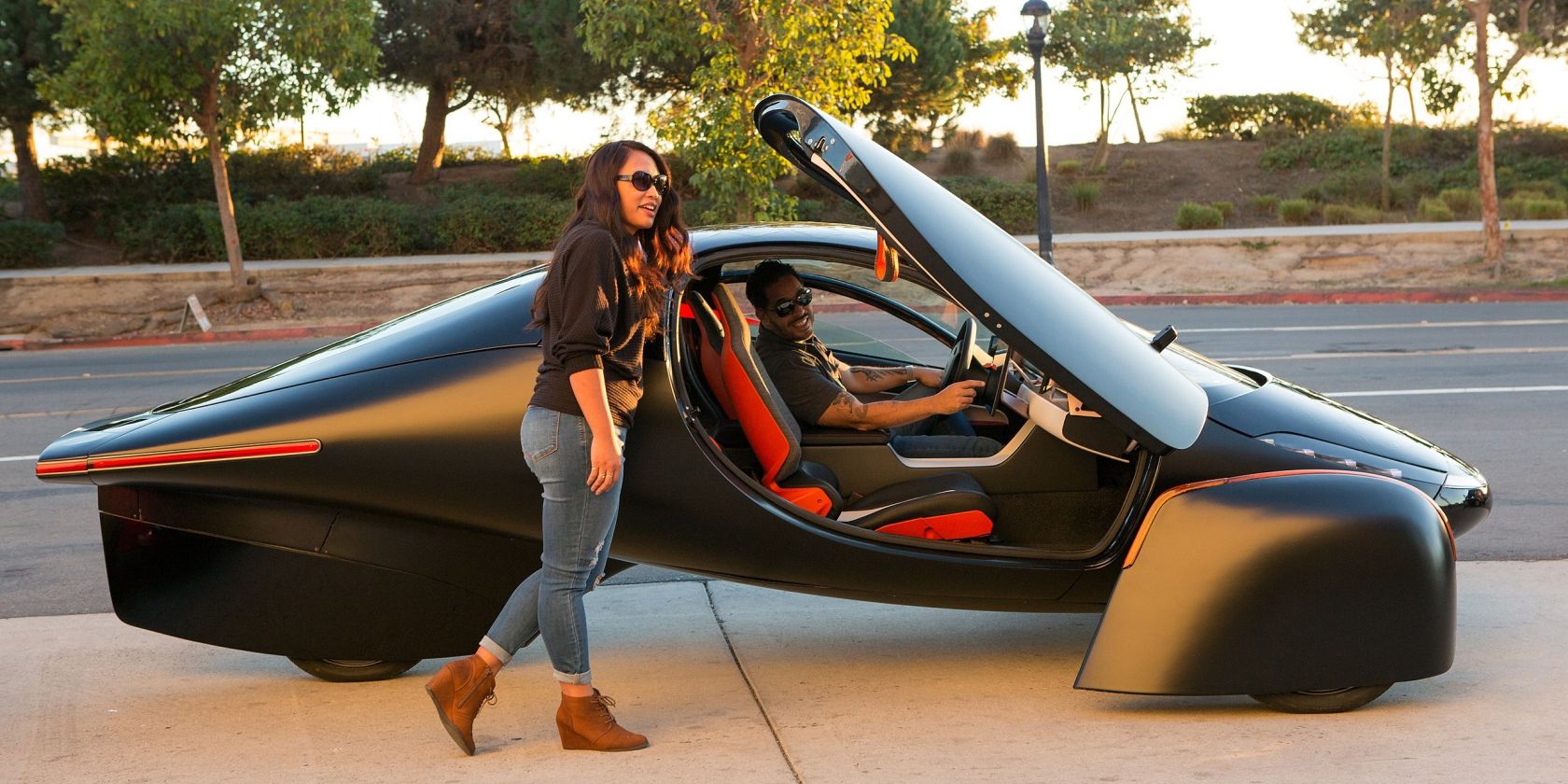
.jpeg)